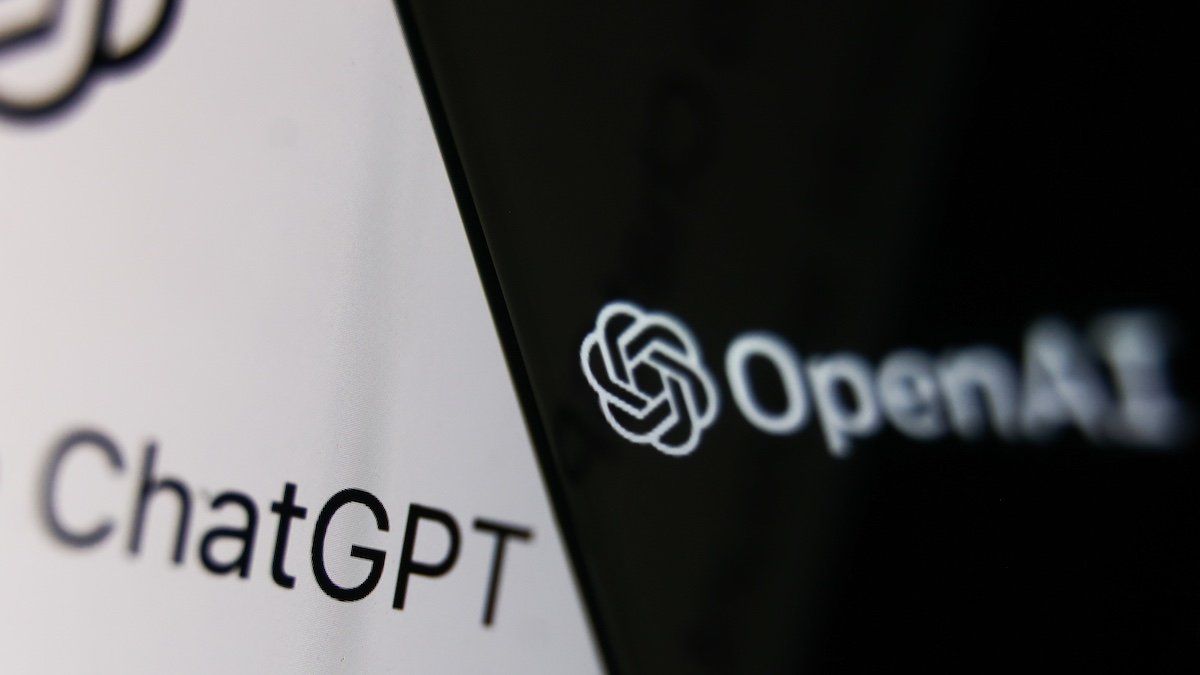OpenAI is going mini. On July 18, the company behind ChatGPT announced GPT-4o mini, its latest model. It’s meant to be a cheaper, faster, and less energy intensive version of the technology. The smaller model is marketed to developers who rely on OpenAI’s language models and want to save money.
The move also comes as AI companies are trying to cut their own costs, reduce their energy dependence, and answer calls from critics and regulators to lower their energy burden. Training and running AI often requires access to electricity-guzzling data centers, which in turn require copious amounts of water to keep them from overheating.
Moving forward, look for AI companies to offer a multitude of options to cost-conscious and energy-conscious users.
To see where data centers have cropped up in North America, check out our latest Graphic Truth here.